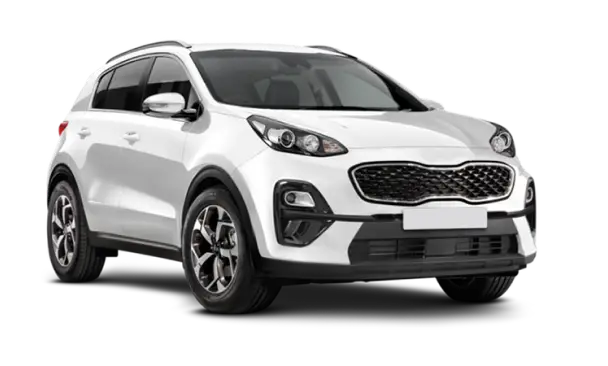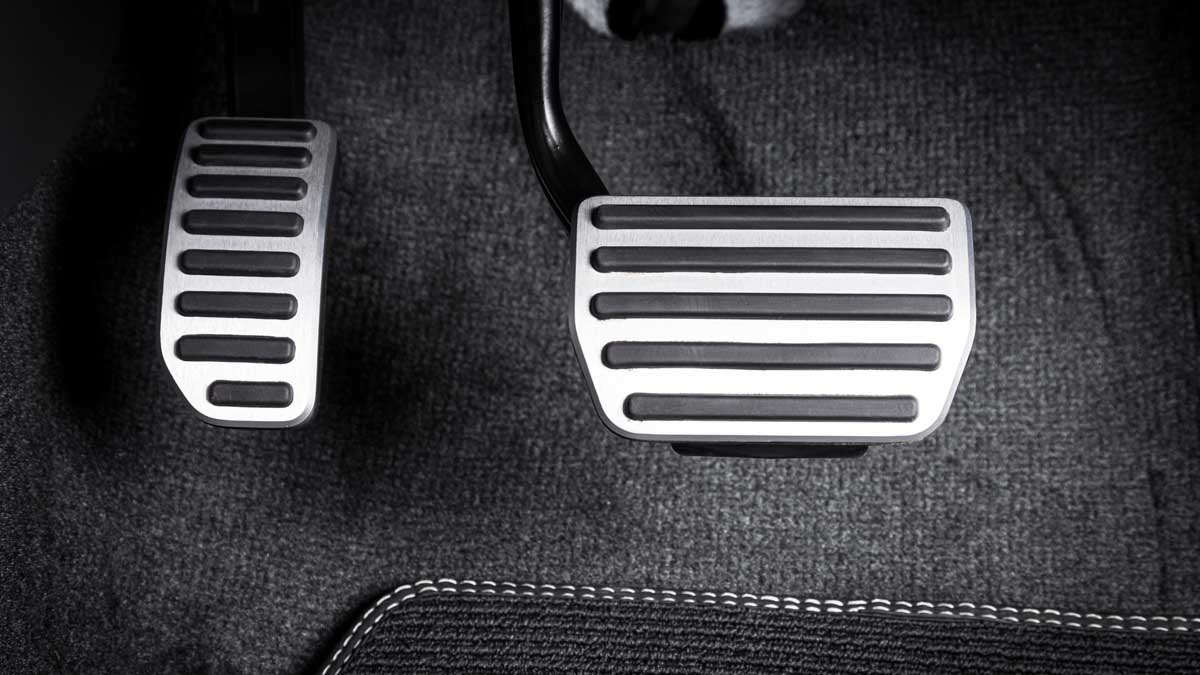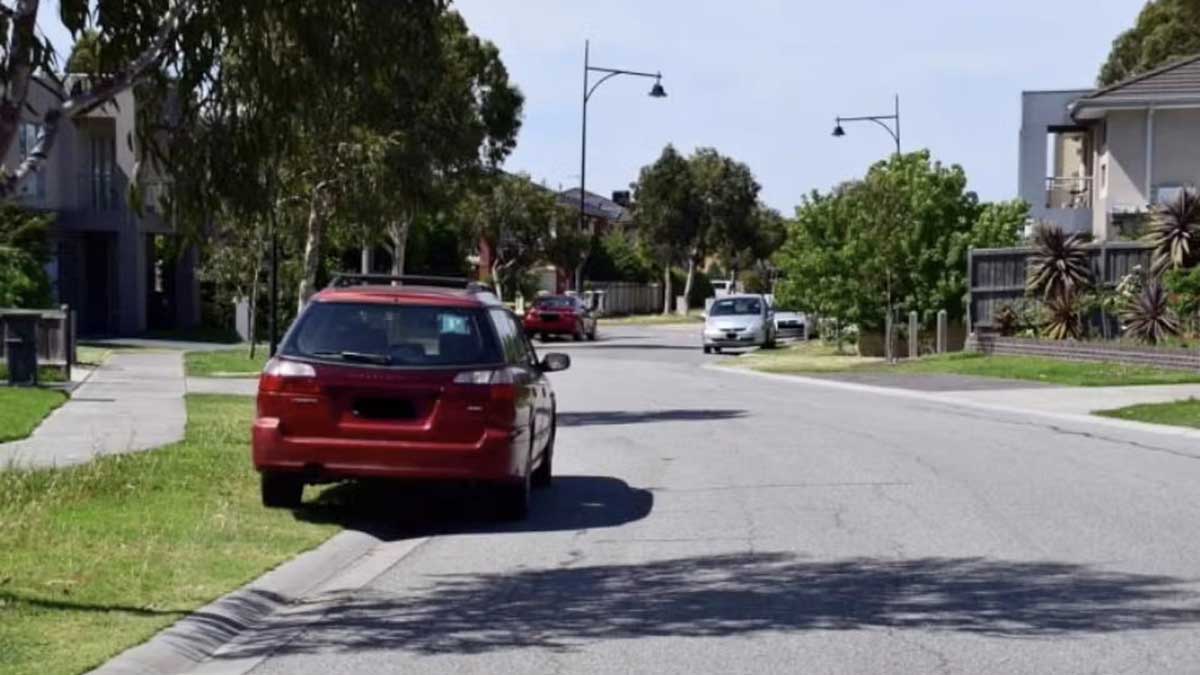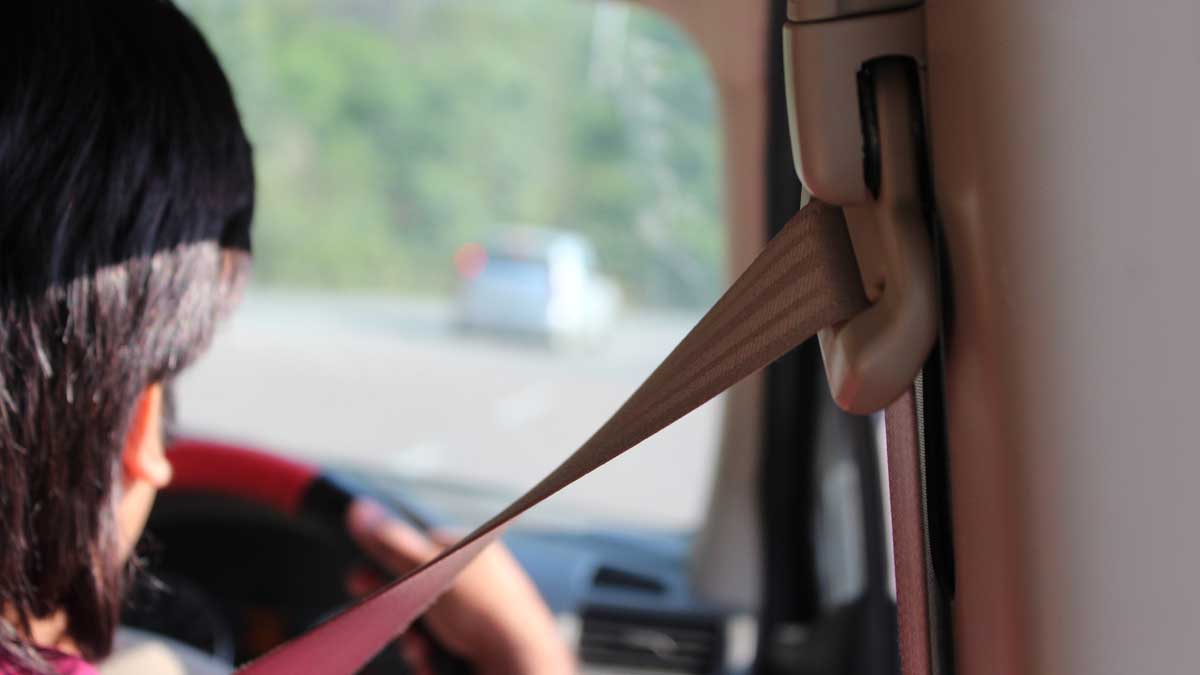Knowing when to stop and give way at roads that meet or cross each other can prove confusing for many drivers. A high percentage of accidents across Australia are attributed to drivers not giving way when they are supposed to. Misjudging the gap in the road and the miscalculating the speed that other vehicles are travelling, becoming impatient, or simply not knowing the rules of the road are all causes of accidents at intersections. So, how do you know who goes first and who has to give way?
Stop Road Sign And Give Way Sign
When you approach a stop road sign/line, you should slow down and bring your vehicle to a complete stop while you wait for a safe gap to enter or cross the road safely. When driving up to a give way sign/line, you should slow down so that you’re able to wait for vehicles approaching or already on the road you want to enter.
When you are trying to enter a road from a stop road sign/line or a give way sign/line, you need to give way to all vehicles that are already on the road you want to join or cross, as well as any vehicles entering the road or approaching the intersection. You don’t need to give way to vehicles that are making a U-turn or turning left using a slip lane.
Keep in mind that these rules may vary slightly between states and territories, so you should refer to the official government website according to your location.
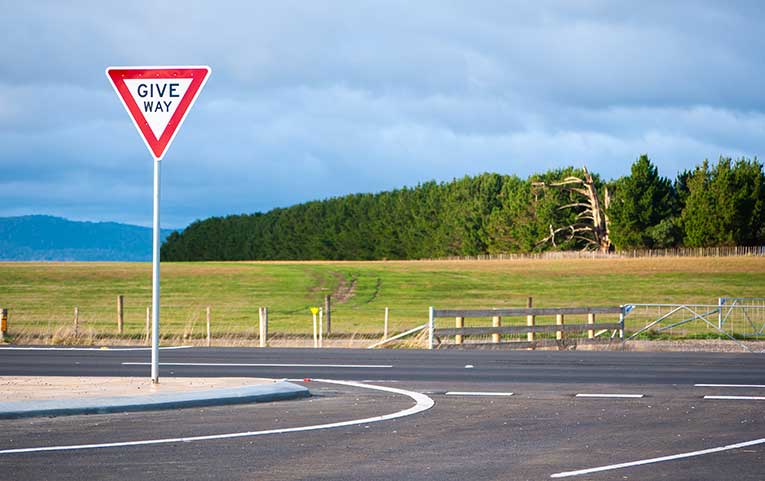
Intersection Right Of Way When There Are No Signs, Lines Or Lights
When you reach an intersection where there are no traffic lights, no road lines, and no road signs, you need to give way to all vehicles approaching from your right. If you are turning right, then you need to give way to anyone crossing the intersection or turning left.
T-Intersection Signs
When you’re driving on a road that ends in a T-intersection, right of way must be given to all vehicles travelling on the road you’re turning onto.
Keep in mind that the rules for giving way are different for roundabouts and when you are changing or merging lanes.
Making U-Turns
When making a U-turn, you need to indicate and then give way to all other vehicles and pedestrians. It’s important to note that in all states except for Victoria, you are only allowed to make a U-turn where you see a sign permitting you to do so. Make sure you check the official Road Rules for your state or territory before making a U-turn.
I Had Right Of Way And Someone Turned Out And Hit My Car
If you find yourself in a situation where you are involved in a car accident that wasn’t your fault, you have the right to be placed back into the position you were in before the accident. You may be eligible to receive an accident replacement vehicle for the entire duration of your repairs and at no cost to you.


